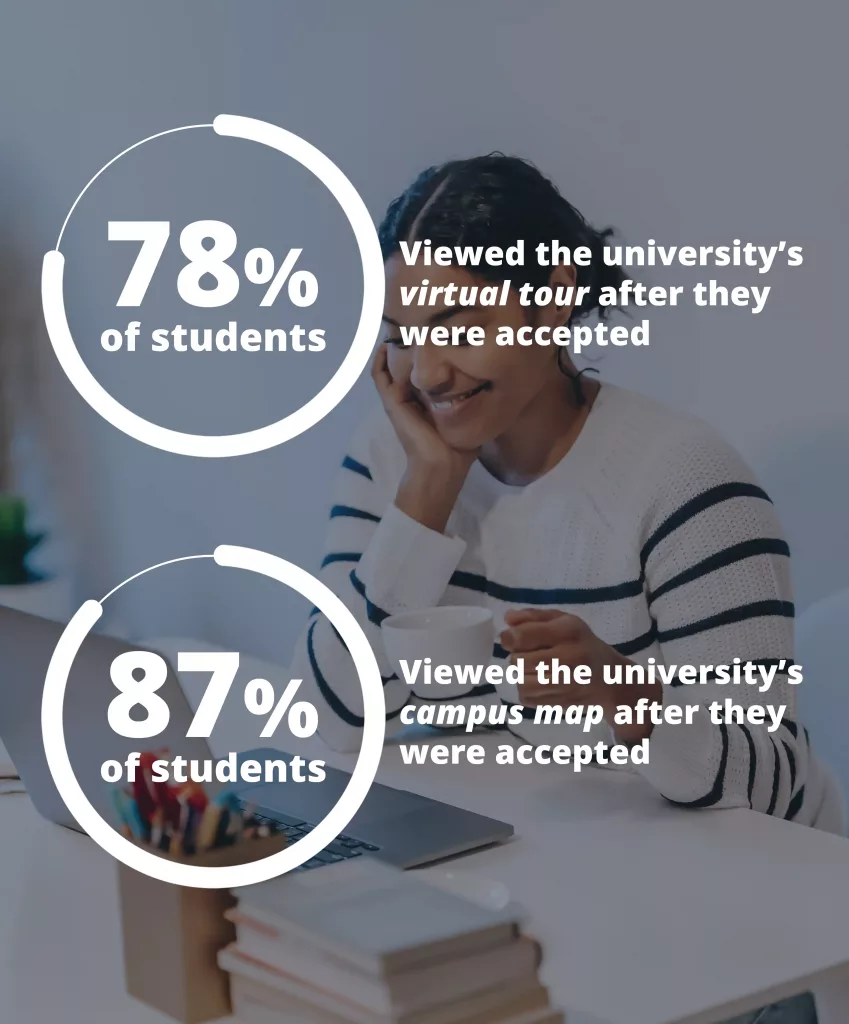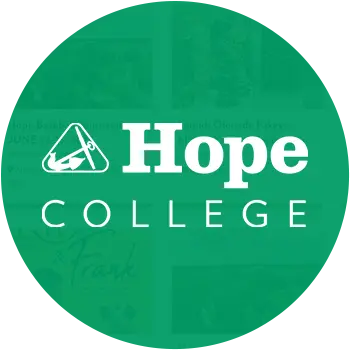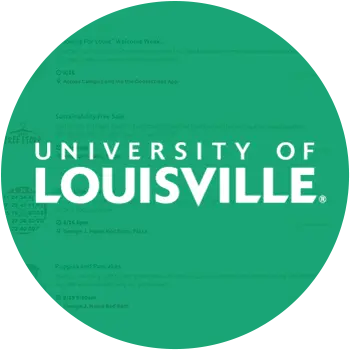Ice cream isn’t the only thing melting this summer.
Every year, an estimated 10-40% of high school students who commit to a college don’t end up taking classes there.
Quick recap: What causes summer melt?
Summer melt is still a somewhat unclear phenomenon; as times and circumstances in the world shift, so do student needs and expectations. Higher educations is always subject to change. Although there may not be one concrete answer, there are many possible reasons why summer melt happens, including the following:

- Many college students don’t have access to the best resources to attend college, even after they’ve enrolled in a school. These resources include money (financial aid), time, high school guidance counselors, a support network from family or friends, and more.
- Many college students may not have access to the knowledge or paperwork required to fill out required forms for college, such as the FAFSA, or important health and tax records.
- The school or university the students plan on attending classes with may not keep contact or communicate with the students during the summer.
The good news: You can mitigate the melt
The bottom line is that when you’re experiencing melt, it doesn’t necessarily mean there’s something wrong with your school. There are multiple factors at play here, but you can help mitigate a lot of them.
So what do you need to do to stop the summer melt?
Step one: Measure the who and the why
Knowing why and how summer melt is affecting your institution and prospective students is the first step in stopping it. Calculating your likelihood of melt and measuring who is most affected will help you determine how to solve the problem and make a game plan to help more students matriculate this summer.
There are a couple ways to measure who is affected the most by summer melt, including the following:
- Send out an exit survey to graduating high school seniors.
This can help determine how many students intend to go to college in the fall. According to the Strategic Data Project’s “Summer Melt Handbook,” here are a couple examples of what to include in an exit survey:
- Students’ and their guardians’ contact information
- How they would rank their high school experience based on extracurricular activities, quality of instruction, guidance and counseling services, and other factors
- What students plan to do after high school graduation, i.e., are they planning to attend a four-year in-state or out-of-state institution, a two-year institution, a trade school, enlist in a military service, or work full-time without going to school?
- If they completed their FAFSA
- Why they are planning to, or not planning to, attend college

Not only can a robust exit survey help you get a solid number on how many students plan to attend and not attend college, but it’ll help you get an idea of why. Knowing this can help you determine what kinds of information and resources to provide students who have enrolled or are planning to attend your institution, especially through your interactive campus map. We’ll get to more of that later.
2. Calculate your likelihood of melt with the melt equation.
Plugging the numbers you’ve obtained through the exit survey into the melt equation will calculate your chances of students melting this summer. With these two sources, you’ll have both hard numbers and qualitative data from students to define the problem and start making a plan to solve it.
Step two: Mitigate the melt
Now that you know who is melting and why, it’s time to take action.
- Provide access to guidance counselors.
Guidance counselors are helpful for more than just having someone to talk to. They can help incoming students find valuable information regarding their academic journey, their FAFSA, tuition rates, scholarships, and other pertinent financial information.
In a 2019 study, The Professional Counsel Journal found that access to guidance counselors positively impacted students in their decision to attend college. The study also found that counselors were particularly helpful to those populations more vulnerable to summer melt, like Latinx students and those from lower socioeconomic backgrounds. Guidance counselors make getting information about your school more accessible for students who need it most.
2. Communicate effectively with students.
Communication is everything for incoming students. Students who plan on attending your school are always looking for more communications from you, especially the summer before they attend classes.
According to Salesforce’s “Connected Student Report,” 45% of students above the age of 18 who are enrolled in a higher ed institution reported a trust gap between leadership and students at said institution. What’s more, 59% of these students said this gap in trust is specifically because of a lack of consistent communications from their school. What happens when students’ trust in your school erodes irreparably before they even attend classes?
In the same Salesforce report, 90% of surveyed students said they wanted more alerts, emails, personalized messages, and reminders from their higher ed institution.
In addition, a collaboration between Rhode Island Pipelines to College and Career Research Partnership found that 73% of students from low-income families who received texts from a higher ed institution committed to it, compared to 66% who didn’t receive the texts. Remember that students from low-income families are more likely to melt. If you can help increase the likelihood of those students matriculating, why wouldn’t you try?

So – extra communications campaigns have proven their success. What should you send through a text campaign, for example? Here are a few possibilities:
- Information about financial aid packages, step-by-step instructions on how to understand and complete required paperwork and forms, and support that addresses emotional or social barriers to attending
- Details or facts about the school, the campus, or its programs to help students understand the culture you’ve worked hard to cultivate
- Reminders about events on campus during the summer to help keep them engaged and give them a chance to build community before they even attend classes in the fall
- Access to vital online resources, like a student portal or your website
- Don’t underestimate the power of your website. It is essential to use your school’s website as a helpful tool for students to find as much information as possible. While many students will not pick up the phone to call your offices, they will use the internet to research your school, even after they’ve committed. Your website should have information about your academic programs, how to prepare for the college experience as an incoming student, student services, locations, and financial information, as well as additional ways to get in touch with staff through email.
- An immersive and dynamic peek into your campus and culture through your interactive campus map or virtual tour
3. Use your 360º Tour and Interactive Map to tell your school’s unique story and engage students.
Interactive campus maps and virtual tours are essential resources for students in every stage of their college lifecycle. Send incoming students your interactive campus map so they can get familiar with the layout of your campus and get more information about your culture. Your virtual tour will allow them to picture themselves on campus as a part of your community through 360 degree photos and videos. Your virtual tools should tell them: “This is what your life is going to look like in three months.”
And these types of tools don’t stop at just attractive visuals. They can also provide an opportunity to engage with any user, like creating calls to actions for next steps. For example, you can link your website and other online resources straight from your tour or campus map, so students can access everything in that one-stop-shop.

Have a cone with us
Although incoming students may not matriculate this fall, you can mitigate summer melt by measuring how many students plan or don’t plan to go to college and why. The next step is taking action on those answers through providing committed students essential resources, communicating effectively with them, and using your 360° Tour and Interactive Map to immerse them in your campus’ unique story.
A lot can happen during the summer. Although you can’t help solve every problem for students, if you provide them with the right resources and communication, they’ll be rushing to your doors when August comes around. Concept3D is here to support these efforts with our 360° Tour and Interactive Maps solutions.
Concept3D gives you the tools to help communicate with your students, understand their needs, and ultimately increase enrollment numbers.










